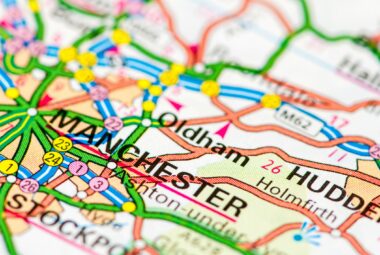Registered designs: the IP right that goes from strength to strength?
Historically, the registered design has perhaps been a rather under-used option for obtaining IP protection. As discussed previously on our website, the number of applications for registered designs covering the UK appears to be relatively low, certainly given the value to the economy of design-led businesses.
However, the idea of registered designs as a valuable option has certainly gained prominence in more recent years, with a number of cases coming before the UK courts to enforce registered design rights against allegedly infringing articles. The ability to bring cases at the Intellectual Property Enterprise Court (previously known as the Patents County Court) also allows a case to be brought in a much more streamlined fashion – and with caps on costs and damages that can be reclaimed, meaning that the rights holder can bring a case whilst keeping much greater control over the total budget.
Currently a new Intellectual Property Bill is making progress in the UK and, significantly, the draft legislation contains provisions that beef up the penalties for registered design infringement. This will therefore provide yet more good reasons for considering registered designs as part of a portfolio of protection for a company’s innovation, creativity and branding. The bill was introduced into the House of Lords on 9 May 2013 and, having successfully passed via this stage of the process, is now passing through the House of Commons.
The bill proposes to make it a criminal offence to deliberately copy, in the course of business, a design that is protected by a registered design. This new criminal offence, which is in addition to the existing civil offence of registered design infringement, would be punishable by a fine and/or a prison sentence of up to ten years. The current amended text on the table, following discussions in January 2014, makes it 100% clear that the copying must be intentional – and therefore these more severe sanctions would not apply to acts where there was no knowledge that the product was protected under a registered design. It would also be a defence to the criminal offence to have a reasonable belief that the copied design is invalid.
The recently amended text of the bill makes the test for when a design is within the scope of the registered design, for the purposes of this new criminal offence, the same as the test for whether the registered design is new. Therefore the assessment would be whether the product in question was either (i) exactly to the design or (ii) with features that differ only in immaterial details from the design. This is good news, as it brings in a well-established legal concept to give clarity both for the rights holder and for third parties wanting certainty as to what they can and can’t do without fear of criminal sanctions.
In addition, the bill contains provisions to create Trading Standards enforcement powers, similar to those already in force for copyright and trademarks.
Therefore the option of using registered designs to protect any features relating to the look of a product, whether a physical shape, a surface decoration or even a logo per se, is one that should be taken more seriously as they gain more clout in the world of IP rights.



